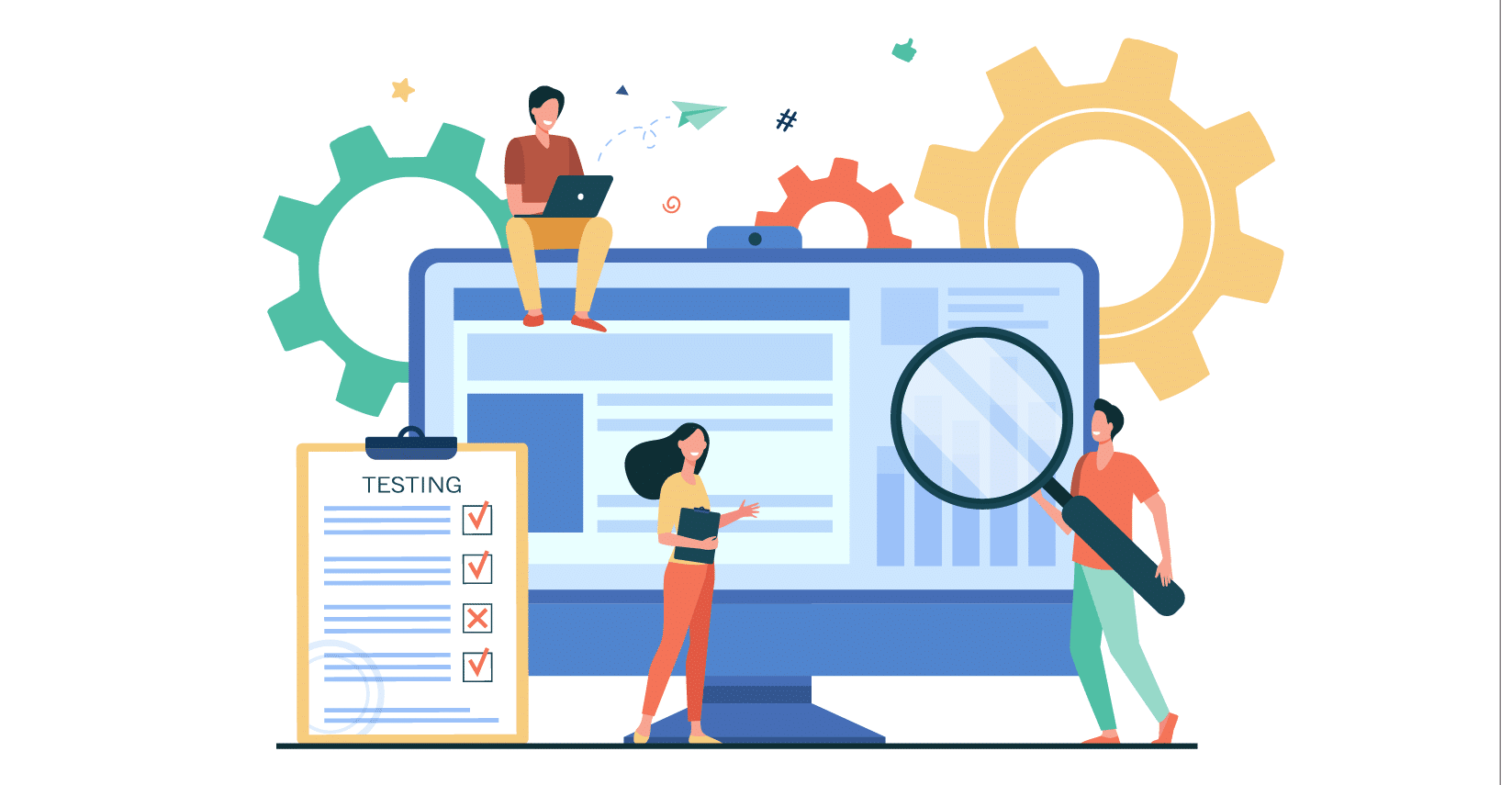Before saying goodbye to 2020 and stepping into 2021, it is time to look back and have a quick recap of how tremendously things changed this year in software testing.
Technology is constantly evolving and so are organizations adopting and implementing these technologies in their business operations. Not only has the world suffered from COVID-19’s pandemic outbreak but we have seen 2020 mark the face of tremendous change in terms of digital transformation and remote working. Consequently, organizations have also pushed to constantly innovate and reinvent themselves. Let’s learn what trends affected the software industry and how firms can prepare for the unforeseen situation.
Quick Look Back at 2020
After the spread of the Coronavirus, many countries have been facing strict lockdowns imposed by their governments. This has resulted in huge financial losses and also caused many businesses to shut down. In order to keep up the pace and survive through the pandemic, organizations have supported their employees to work remotely across different industry verticals. Apart from that, let’s have a look back at 2020 to see some of the major predictions that came true with respect to technological aspects:
Agile and DevOps Adoption
More and more organizations have adopted Agile and DevOps practices to speed up their release cycles without compromising on software quality. The main strategic challenge these firms have faced and continue to face is their operational and business priorities. Teams need to ensure their development projects are closely aligned to the business needs. Apart from that, organizations also require new skills. Since there are new disciplines, firms also require skills that are different from traditional requirements. As we see a major transition, business leaders and executives are also looking forward to training their existing employees and hiring new talent as well.
This shift has also influenced when QA and software testing will be performed in the life cycle. It no longer appears at the end, but it can be continued parallel to the development process. Although we see an enormous shift in organizations adopting agile and DevOps methodologies, yet there is a fine-line between how QA and development are performed. To fill the gap, it is important for firms to focus more on end-to-end testing.
Test Automation takes the Spotlight Again!
Automation testing has brought a new and huge shift in software testing. QA professionals have succeeded in achieving test efficiency and increased test coverage, as well as new possibilities in test execution that were never possible with manual testing. Test automation has also paved the way for concepts like Agile and DevOps to be implemented for QA teams and software development to successfully achieve quality at a faster speed.
Organizations have leveraged their automation efforts beyond its traditional scope to implement model-based testing (MBT), the design of automated test cases. Many organizations have claimed that they were unable to earn the expected ROI from their automation initiatives. This is because most of the frameworks were designed to perform manual and repetitive tests, but they were not intelligent enough. As a result, the maintenance costs increased, especially when QA and testing teams were trying to keep up with meeting their release deadlines. Organizations have also adopted open-source test automation tools to save their time and efforts. However, it would be favorable if these tools had frameworks that were well connected and could resolve many issues automatically. The main challenge here was to have a merged platform to manage automated and manual testing efforts. Teams have adopted test management tools that have the capabilities to integrate manual and test automation efficiently. The best way to keep test coverage in check is to have an integrated test management environment. Many automation teams use different software solutions as compared to the manual testing teams so the key is to verify that they have strong integration. With the help of cloud-based test management tools, testers can create and import test cases and associate them with builds and requirements to get complete end-to-end traceability.
AI Opens Doors to New Roles
Artificial Intelligence (AI) has been the talk of the town for a while now. However, organizations are exploring AI in software testing in a number of ways. Teams can gain a number of benefits by investing in AI-powered QA testing tools such as:
- AI can make testing smarter
- It can identify issues earlier and prioritize them accordingly
- AI can conduct real-time risk assessments
- It can optimize a predictable testing approach
- It can help teams test effectively and efficiently.
In the agile and DevOps environment, it is not only crucial to create the right algorithms but about aligning testing and QA more closely than before. The skills required for teams with AI-development shall include statistical skills, mathematical skills, etc. In 2019, researchers predicted that AI-based testing would open doors to new job roles such as data scientists, AI QA strategists, and AI test experts as part of the testing teams. The need for these roles is increasing and so is the development of skills to meet these requirements.
Conclusion
This was a quick recap on the emerging software testing trends that were speculated in 2020 and came true for most of them. As we live in a world of unprecedented exponential changes driven by technology and digital transformation, organizations need to remain aware of the advancements in the industry. We expect some similar and some different trends to be followed in 2021 and forward. Keeping up with these trends would also give test professionals, organizations, and teams the opportunity to stay ahead of their competitors.


























